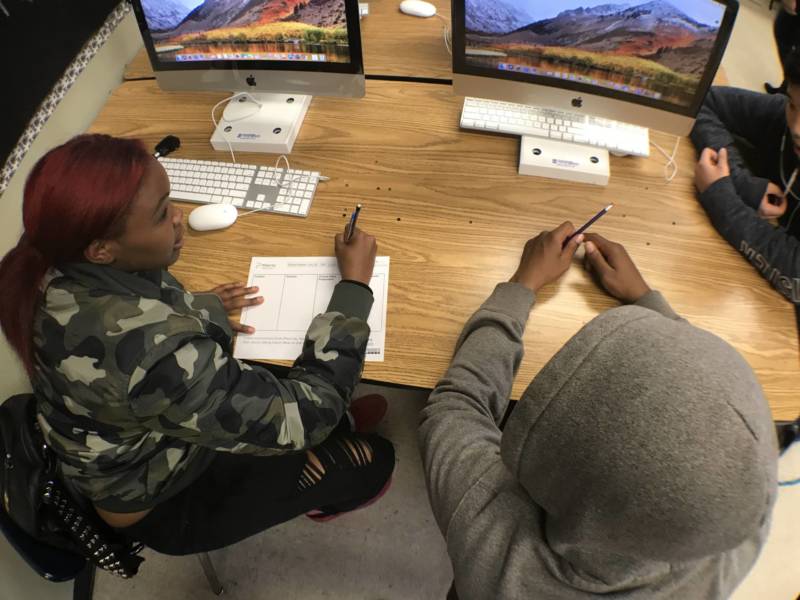The year 1993 was a watershed for the internet. It was the year developers of the web at the European Organization for Nuclear Research (French acronym CERN) made it open and free to everyone.
It’s also the year that Mosaic, the first general-use internet browser, was released.
Twenty-five years later, the internet has become one of the most important tools in our lives, so much so that it feels strange to call it a “thing.” Our digital lives allow us to communicate and connect like never before, but it has also opened up a Pandora’s box of complicated ethical issues.
What better place to muse on how technology has changed our lives than the Computer History Museum in Mountain View, California?
KQED’s Silicon Valley tech team — senior editor Tonya Mosley and reporters Peter Jon Shuler and Sam Harnett — visited the museum for this week’s show to take us back in time.
Virtual Worlds: Reassessing Our Tech Predictions 25 Years Later

Along with colleague Rachael Myrow, the team investigated how our first experiences of this “futuristic” technology from a quarter-century ago have evolved to present day. That series, Virtual Worlds, revisits KQED’s reporting from 1993.




